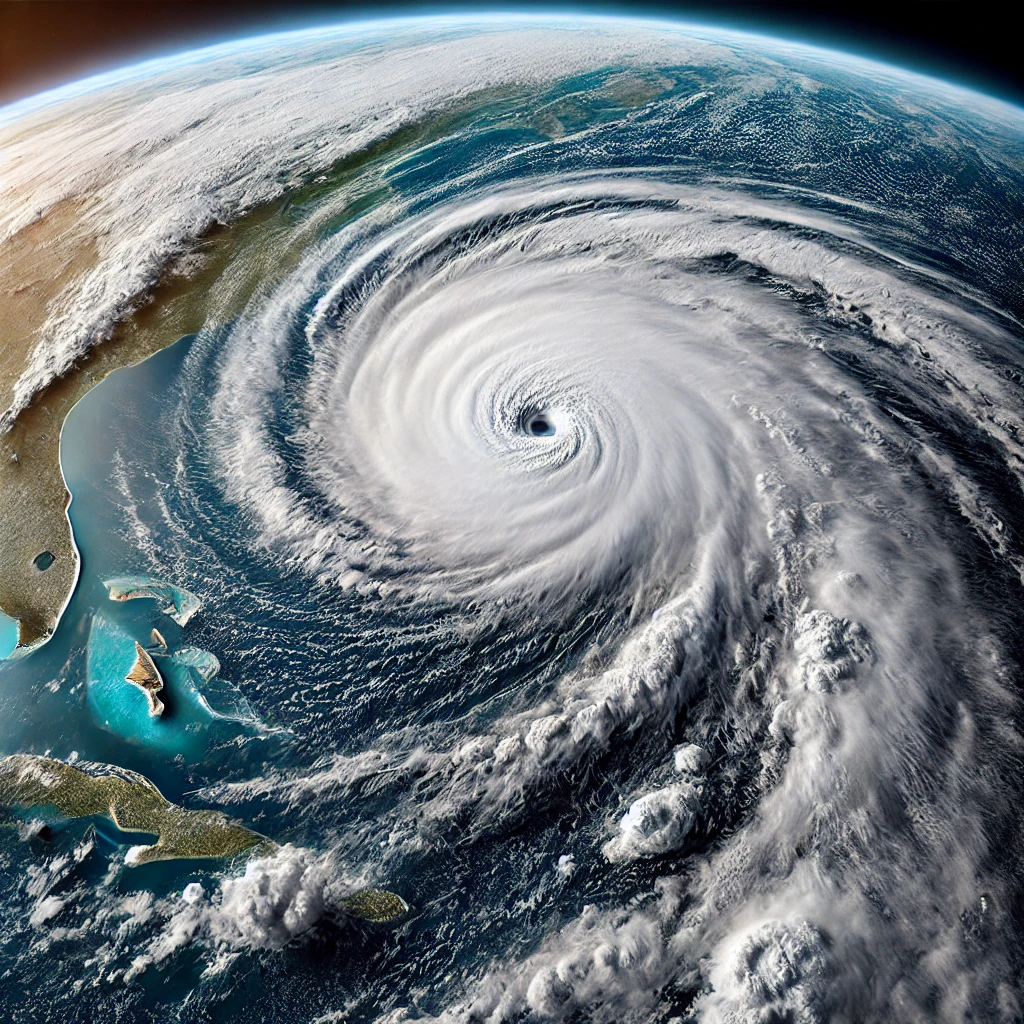
Colorado State University (CSU) has released an updated forecast for the 2024 Atlantic hurricane season, reflecting the latest data and trends in atmospheric and oceanic conditions. This revised forecast provides important insights into what to expect for the remainder of the season.
Key Forecast Updates
- Named Storms: The updated forecast now predicts a total of 25 named storms, significantly above the long-term average of 14.4.
- Named Storm Days: The forecast expects 120 named storm days, compared to the average of 69.4.
- Hurricanes: CSU anticipates 12 hurricanes, which is higher than the average of 7.2.
- Hurricane Days: The forecast includes 50 hurricane days, exceeding the average of 27.0.
- Major Hurricanes (Category 3 or higher): The forecast predicts 6 major hurricanes, compared to the average of 3.2.
- Major Hurricane Days: The updated forecast includes 16 major hurricane days, more than double the average of 7.4.
- Accumulated Cyclone Energy (ACE): The forecast expects an ACE of 230, significantly higher than the average of 123.
- ACE West of 60 Degrees Longitude: The ACE west of 60 degrees longitude is forecasted to be 140, compared to the average of 73.
Factors Influencing the Forecast
The updated forecast by the CSU Tropical Meteorology Project team considers several critical factors that influence hurricane activity:
- Sea Surface Temperatures (SSTs): Warmer-than-normal SSTs in the tropical Atlantic and Caribbean Sea contribute to a more conducive environment for storm development and intensification.
- El Niño Southern Oscillation (ENSO): The current transition to neutral ENSO conditions is expected to have less of a suppressing effect on hurricane activity compared to El Niño conditions.
- Atlantic Multidecadal Oscillation (AMO): The ongoing warm phase of the AMO supports increased hurricane activity in the Atlantic basin.
- Saharan Air Layer (SAL): Reduced dust and dry air from the Sahara can lead to a more favorable environment for hurricane formation and strength.
Implications for Coastal Communities
With the forecast indicating an above-average hurricane season, it is crucial for coastal communities to be well-prepared. Residents in hurricane-prone areas should develop emergency plans, secure their properties, and stay informed through reliable sources such as the National Hurricane Center (NHC) and local authorities.
For more detailed information and ongoing updates, you can view the full forecast on the CSU Tropical Weather & Climate Research website.





